For any business, the cost and impact of competent employees quitting the company are huge and difficult to mitigate. There’s the immediate impact of lost productivity, the medium-term impact of hiring new resources, and the long-term impact of lost knowledge, skills, and experience. Moreover, it can be demotivational to other colleagues, or worse – start a contagion as a promising talent that leaves tends to take other good people with them; an even worse situation is when capable people emotionally and intellectually quit and yet stay in business. In such situations, the business takes a heavy hit due to employee disengagement – an even more infectious disease than resignations. According to a study by Gallup, the incremental cost of replacing an individual employee can range from one-half to two times the employee’s annual salary.
The alternative, and one that benefits all parties, is to foster a culture of seamless career mobility, making career management a business imperative that emphasizes collaboration and accountability at all levels.
Undeniably, businesses need new talent, but that does not always have to come from outside the business. It is often quicker, cheaper, and more successful to fill an open position by finding talent internally that may be ready for a lateral or horizontal career move. Filling open positions with candidates within the company through career mobility saves time and money on recruitment and new hire onboarding, it also ensures no loss of knowledge and signals other employees that they can advance their careers within the company, without switching.
The integral and indispensable part of instituting career mobility is a robust learning ecosystem that helps groom new talent and augments the experience of learning. Learner Experience Platforms (LXPs) help organizations achieve this goal and enable L&D teams to distinctly identify employees’ needs, knowledge, and skills gaps and highlight the competencies already available in the workforce.
An overarching career mobility plan coupled with effective learning management has the potential to increase company performance by mobilizing the best talent to the right places, at the right time, and scale.
How LXP’s Enable Career Mobility
By enabling and promoting a culture of self-directed learning, learner experience platforms help companies deliver upskilling and reskilling initiatives that are driven by employee curiosity. LXPs offer a consumer-grade employee learning experience that encourages professional growth, sharing of knowledge and retention of talent. The following benefits illustrate the strategic importance of Learner Experience Platforms in enabling Career Mobility:

1. Improved consumption and utilization of learning content
LXPs offer the means to aggregate and access personalized content relevant to the employees’ roles. In doing so, they assist in developing the knowledge, skills, and behavior’s that give employees the ability to move laterally and horizontally in their careers.
LXPs drive higher levels of learner engagement and satisfaction than other learning technology platforms due to their intuitive nature and the social nature of the learners’ experience. LXPs have a great potential to create rich, meaningful learning experiences that positively impact learners’ performance by allowing them to direct their own learning goals. LXPs also have the means to measure the effectiveness and utilization of learning that will enable employers to gain insights into the impact of workplace learning programs.
2. Access to AI-enabled learning recommendations
LXPs employ artificial intelligence (AI) to recommend learning content drawn from any number of connected ‘Trusted Sources’ – internal, external, and user-curated. AI makes recommendations based on an employee’s interest, job role, job family, and career path. Using an LXP, employers can quickly identify what skills are being developed, what content is being consumed, and what learning activities are most impactful in engaging employees to build their skills. Furthermore, an LXP enables learners to become creators and curators of learning, sharing their knowledge, skills, and experience with others – fostering a culture of collaboration and knowledge sharing that feeds back into AI-enabled recommendations for their colleagues.

These insights enable employers to listen, create or curate appropriate learning content to better serve employees’ learning needs, in the flow of work.
3. Awareness of Job Roles
By leveraging Learner Experience Platforms, employees can explore career opportunities through customizable Career Frameworks that map learning to skills, skills to job roles, job roles to job families – all aligned with the employer’s industry. Career Frameworks provide a powerful tool to explore new roles, skills, and learning before applying for a new role in the business. They also open learners’ eyes to the skills they already have, which may be held in common with other roles they previously were unaware of or had not considered a potential path to professional growth.
An LXP’s Career Framework enables employees to explore the roles that best match their abilities and helps employers identify and place the right talent in the right positions in the organization. The competence-based alignment of job roles and talent will always be best for the employee and the business.
Why Organizations Should Pursue Career Mobility
Internal career mobility incentivizes employees to take responsibility for their personal development. It opens the door to professional growth and movement into new roles, whether laterally or horizontally – it instills an imperative reason to develop existing skills and learn new ones.
According to LinkedIn’s 2016 Global Recruiting Trends Report, the top three reasons people leave a position are to 1) advance their careers, 2) tackle meaningful work, and 3) cash a bigger paycheck. Career mobility is a force for good that can be harnessed for business benefit.
Employees are more motivated, perform better, and stay with their current employer when offered solid opportunities for learning and development. The potential to contribute to business success in various capacities and grow within a company is highly valued by prospective and current employees.
Internally rotating employees who already know the business, its culture, and ways of working will save time on training and reduce the risk of hiring resources that don’t fit. Additionally, existing employees with a proven track record are more likely to succeed when transitioning to a new team. New hires, however, will take time to adjust to the business and will still have to prove themselves.
Career mobility has a strong correlation with job advancement, career development, and personal satisfaction. The absence of career mobility is very likely to leave employees discontent resulting in loss of productivity. Career mobility ensures that employees, over some time, move to job roles suitable to their skills, goals, and aspirations.

Conclusion
Recruitment and internal mobility are inextricably linked in many organizations. A substantial effort is spent creating experiences and expectations for talent in organizations to encourage growth, learning, engagement, and communication. Making room for growth within the business can motivate employees to look for opportunities inside rather than outside.
Learner Experience Platforms enable wider democratization of the employees’ experience within an organization through social features, content curation and creation features, and online communities. LXPs make sure that employees have access to learning that supports upskilling and reskilling and fosters a culture of continuous learning.
Learning is integral to a successful talent mobility program, and delivering targeted content and training strengthens the talent pipeline. Talent mobility strategy does indeed go hand-in-hand with learning strategy and learning technology.
Does your learning platform enable seamless career mobility for your employees? If not, talk to us. We will be happy to help. Click here.



